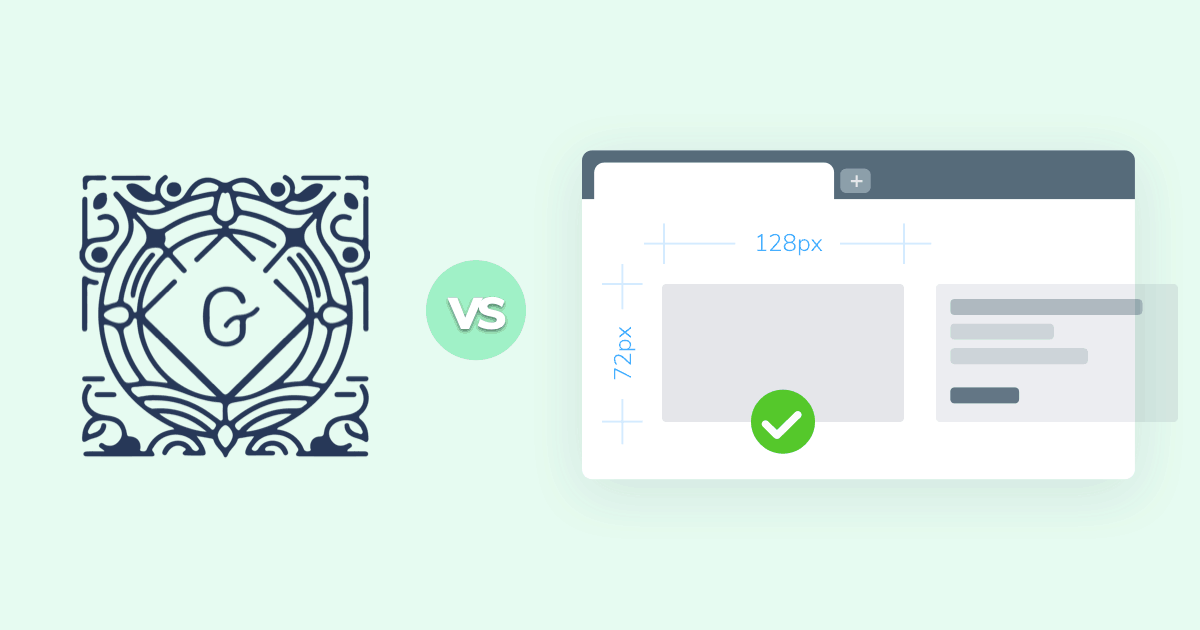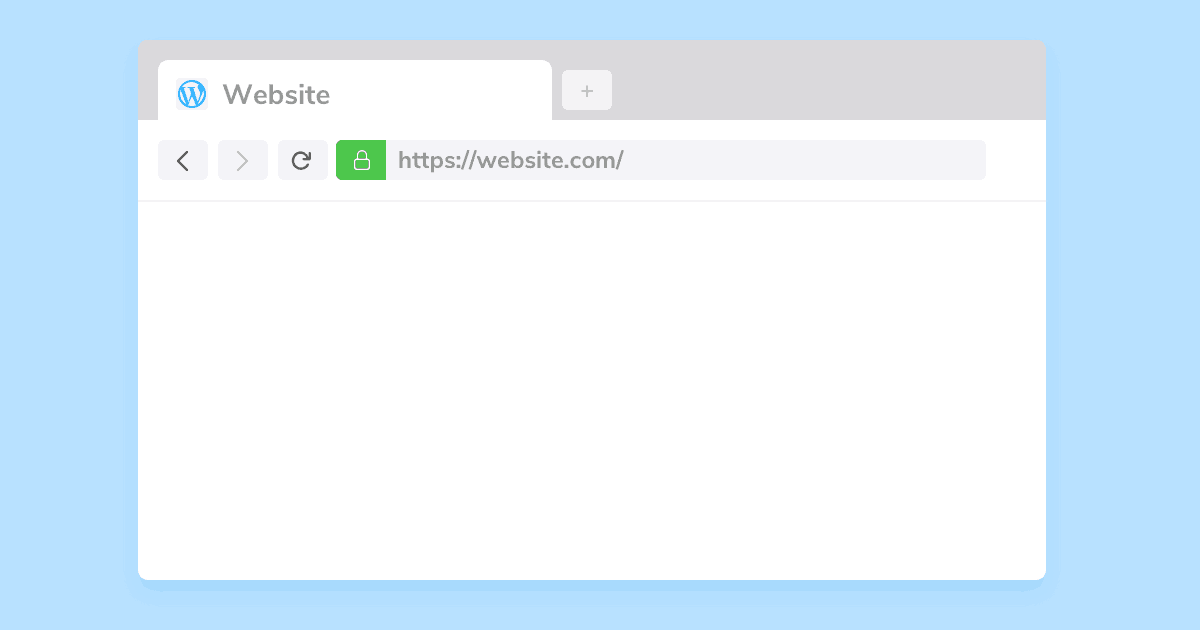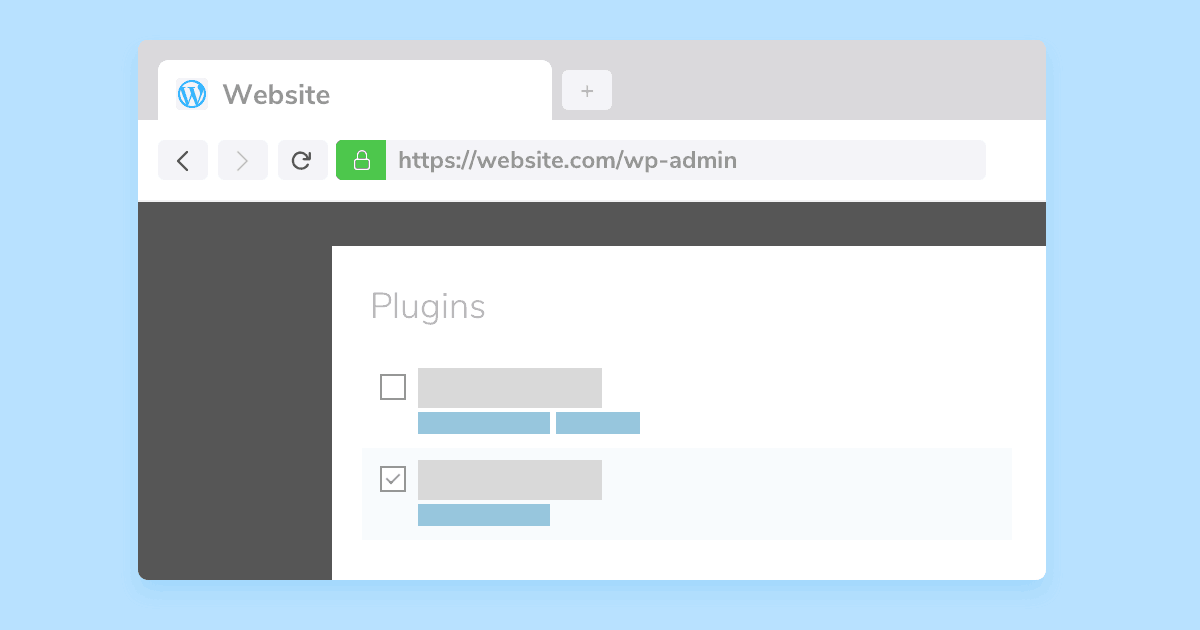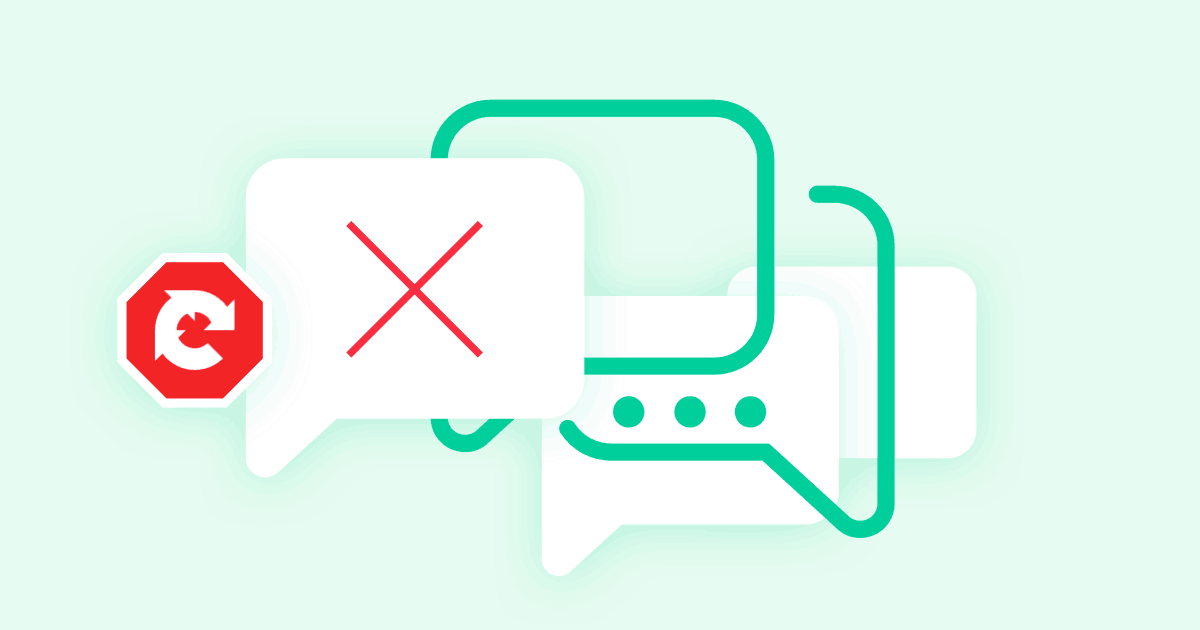

Everyone who has tinkered with their WordPress site has likely encountered the dreaded WordPress white screen “of death”, at some point. It’s frustrating, it can cause a slight sense of panic, and it comes out of nowhere. Fortunately, it’s a fairly easy problem to fix. Read on for our full guide to getting your WordPress site up and running once again.
#What Is the WordPress White Screen?
If you’re one of the fortunate few who haven’t encountered the WordPress white screen, then good for you! The error was most likely named after the classic Windows blue screen that showed up when older versions of the operating system would crash and display a stark blue screen filled with technical information.
The WordPress white screen isn’t as severe as the blue screen, but it conveys the same meaning: something’s wrong. Think of it as a warning flag telling you there’s a broken feature that needs to be looked at as soon as possible.
#Causes of the White Screen
The most frustrating thing about the WordPress white screen is there isn’t just one single originating cause. Sometimes it’s a plugin going berserk, sometimes it has something to do with your WordPress theme. Other times it comes down to a database or a server error interfering with how WordPress communicates with the browser.
The good news is that WordPress themes and plugins are by far the most likely culprits. Chances are, if you see a white screen, you can quickly trace it back to the source by analyzing the recent changes you’ve made to your publication.
#How to Diagnose a WordPress White Screen
When you encounter the white screen, the first thing you should do is take a mental inventory of your recent steps. Ask yourself the following questions in this order to narrow things down. Answering “yes” to any of the questions below leads you closer or straight to the cause.
Did you recently install any new plugins or themes?
Adding new code to WordPress is usually a smooth process. Plugins work seamlessly and quietly in the background, adding new features or giving you better overall performance. But there are times when small errors crop up, and this is what causes the white screen to appear.
When you run into the WordPress error, you most likely just installed new content on your site. This is especially common if you accessed the plugin or theme from a third party site, one that doesn’t take advantage of the WordPress team’s plugin verification service. When the white screen appears, ask yourself if you installed anything new. If you did, that’s most likely the source of your trouble.
Did you just upgrade or edit any of your themes or plugins?
Closely related to the first question, when the white screen appears, ask yourself whether you just made changes to an active or inactive plugin or theme. Even small alterations can cause inexplicable problems. Updates, too, can cause these issues, even if the plugin or theme creator claims full compatibility with your WordPress version.
Is your web host having issues?
The least common cause of the WordPress white screen are problems with your host’s database or server. This is largely out of your control, but it’s also the easiest to fix since you don’t have to do anything!
If you haven’t made any changes to plugins or themes recently, head over to your host’s status page to see if they’re having issues. If this is the case, contact their support crew, or wait an hour or so for things to resolve on their own.
Do you use a caching plugin?
If you use Super Cache, Varnish, or any number of other WordPress caching plugins, the white screen could be caused by a temporary caching error. Clear out the cache through the plugin’s interface and fetch your page again to see if it works correctly.
#Fixing the WordPress White Screen
Once you’ve gone through the questions above, you’ll have a good starting point for setting things right. Now it’s time to dig in and fix the white screen. In many cases, this is a quick process that simply involves rolling back the changes you just made. Sometimes, though, you’ll need to break out the FTP tools to make some manual edits.

#1 — Fix theme or plugin incompatibility
If the white screen was likely caused by a theme update or new plugin, and you can still access your WordPress admin dashboard (at http://yourwebsite.com/wp-admin/), you’re in luck. This is the fastest fix of the bunch and will have your site up and running in a matter of seconds. Follow the steps below and you’re set.
Deactivate new and upgraded plugins and themes
Sign in to your WordPress admin dashboard and head to the plugins section. Go down the list and manually deactivate all the plugins you installed or made modifications to before seeing the white screen. You can do this by clicking the “deactivate” button next to each plugin, or simply check the boxes next to each one and use the bulk actions dropdown to deactivate them all at once.
If it’s a theme that might be causing your problems, start by clicking onAppearance > Themes in the left nav panel. Choose a different theme than the one you currently have active. Any theme should do, but the default WordPress-created ones like Twenty Sixteen tend to be fast and error-free. Activate the new theme, then continue to step two.
Test for the white screen
After deactivating your new plugins or switching your theme, open a new tab and try visiting your WordPress site. If the white screen doesn’t show up, you’ve found the source of the error. If it does show, chances are your issue is caused by your host, in which case you should see the section below.
Fixing syntax errors
Now comes the tricky part. Since it was a plugin or theme that caused the white screen error, you’ll need to roll back these changes. A best practice for making any kind of alterations is to keep a backup on hand at all times. If you didn’t do this, don’t worry, it’s not all lost.
First, narrow down the affected plugin or theme to the exact piece of software responsible. You can do this by activating them one by one and testing to see when the white screen shows up again. Once you’ve isolated the culprit, simply use the WordPress built-in plugin manager to remove the software from your installation.
Theme removal is a little different. Go to Appearance > Themes and scroll until you see the theme that’s causing problems. Hover the mouse over the thumbnail image and click the center where it says Theme Details. A new window should open. At the bottom right is a tiny link that says Delete. Click this and confirm the action to remove the theme from your WordPress installation.
Assuming it was an edit you made that caused the error, you can then install a fresh factory copy of your plugin or theme and it should work fine. If it was an update to either of these that caused the issue, try to find the next oldest version, or simply wait until the creator uploads a patched release.
#2 — Managing hosting issues
If your white screen wasn’t caused by a plugin or theme error, it’s most likely the result of hosting issues. These are generally hands-off and cannot be fixed on your own, though there are some actions you can take to speed things up a little.
- Database errors – Some hosts occasionally have database issues that can affect WordPress reliability. When this is the case, white screens can show up from time to time. All you can do is wait them out, contact your host for help, or change to a more reliable hosting service.
- Running out of VPS memory – If you run your site on a VPS and encounter frequent white screens, chances are you’re hitting your memory limit. Try increasing it to avoid the issue.
- Other server problems – A wide variety of host-oriented server problems can cause the WordPress white screen. If these happen on a frequent basis, talk to your provider or find a better host to keep your WordPress site alive and well.
#Can’t Access the Admin Dashboard? Use FTP to Fix the White Screen
If you can’t access the admin dashboard and you know the WordPress white screen was caused by a plugin or theme, you’ll need to break out your FTP program to make manual changes to your site.
Connect via FTP
Most WordPress hosts offer basic SFTP connections for site owners. If you’re not sure how this works, check your provider’s support pages for a full guide on the login information, ports, and URLs to use so you can directly manipulate the files on your WordPress server. This is necessary only if you can’t access the WordPress dashboard.
Disable Your Plugins or Themes
Once you have secure FTP access to your site, navigate to the /wp-content directory. You’ll see a directory named /plugins just inside. Naturally, this is where all of the files of your plugins are kept. You can instantly disable all plugins by changing this directory’s name to something like /plugins.old
With all plugins disabled, you can try accessing your WordPress dashboard again. If it works, and if you don’t see the white screen, it means a plugin was most certainly the cause of your error. Alternatively, keep following these steps to use FTP to restore your site.
Disabling themes is a bit different. Navigate to /wp-content/themes and look for the theme you think is causing the problem. Add .old to the end, just like with the plugins folder above. This will effectively disable it and allow WordPress to load using its default theme. You should do this with any custom themes you think could have caused the white screen issue.
Reactive Everything One by One
You can use FTP to reactive plugins on an individual basis, testing your WordPress site each time to see if the white screen disappears. To do this, restore your /plugins folder to the correct name, then go inside. You should see all of your plugins listed here in tidy folders.
Starting at the top (or with the plugin you think most likely caused the issue in the first place), rename these folders with .old on the end, just like before. Now go back to your web browser and reload your site. Did it work? If so, you found the source of the error. Most likely it won’t work, though, so go back to FTP and rename a second plugin folder (keeping the first one with .old, as well). Reload your site, and repeat until the white screen shows up again.
For themes, simply revert the names back to their default on a case by case basis. Activate them via your WordPress admin dashboard, then test to see if the white screen shows up. When it does, you’ve found the theme that caused your problems.
Delete Affected Plugins or Themes
Using your FTP program, you can simply delete the plugin or theme folder that’s causing the white screen. Now enter your WordPress dashboard, which should be fully functional now. If one of your edits to the plugin caused the crash, simply install a factory version of the plugin and you should be good to go. If it was an update or another issue that caused it, it’s best to leave the plugin removed, or wait for a patched release to roll out.
#Preventing WordPress White Screens
Once you have fixed the issue, it’s time to take a few basic steps to make sure it doesn’t happen again. Bad edits and bad updates are usually the cause of the white screen, so if you follow these tips below you can minimize the chances of getting caught by the error again.
Make Careful Edits with Backups
If you’re making a manual code edit to a theme or plugin, always go slowly and keep frequent copy/ paste backups. Open up a notepad or a note-taking program and copy the entire file before you make a single change. It’s a quick and dirty backup, and you should do it before each change you make. This allows you to quickly revert to the last version in case something goes wrong.
Update Plugins, One at a Time
WordPress makes it easy to update everything with just a few clicks. This can lead to some problems if you have a lot of plugins and only one of them caused the white screen to appear. To avoid this, simply update your themes or plugins one by one. It can take a little extra time, yes, but it can save you a lot of headache in the long run.
Keep Regular Database and Content Backups
Keeping backups of all of your site content is always a good idea, especially if you make frequent or advanced changes. There are tons of WordPress plugins available that let you do this, often for free. The paid version of Jetpack has a backup feature, or you can use VaultPress, both of which are fast, easy to use, and extremely reliable. They can help you restore content after a troublesome white screen so you can keep your site online.
#Final Thoughts
The WordPress white screen causes countless site owners to panic each day. Fortunately for us, the problem is easier to fix than most might think. With a few quick tests and a couple of configuration edits, anyone can clear the white screen to keep their WordPress site fast, functional, and online.

